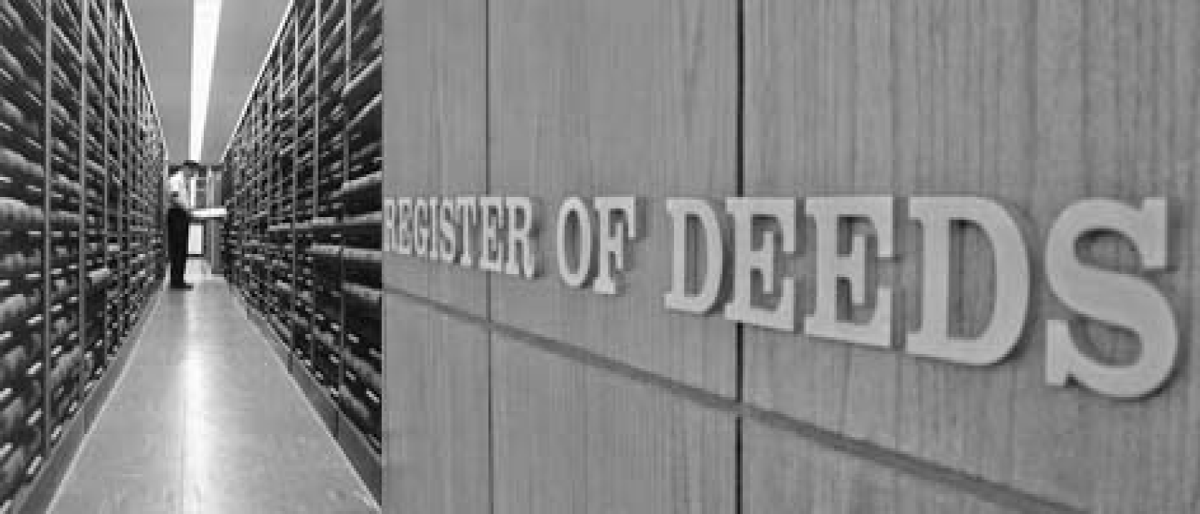
You are NOT on the Franklin County official website, you are on Deeds.com, a private website that is not affiliated with any government agency.
The County Clerk and Recorder is responsible for maintaining property records in Franklin County.
Recording Fees
Documents that the rental housing support program surcharge will apply to with a recording fee of $84.00 for a standard document and $114.00 for non-standard document:
Agreements I Options to purchase Coal Lease
Deeds / Contracts of Deed
Easements (other than public service / utilities) Extensions
Foreclosures Land Grants Lake Property Leases
Lis Pendens Liens Mineral Deed
Monument Records Mortgages & Notes Mortgage Releases Notice of Reclamation
Surveys (no more than (2) lots) 8 1/2" X 14"
GIS base fee for review and approval is $25.00 Oil & Gas Lease
Royalty Deed Subordinations
Timber Agreement / Lease
Documents that the rental housing support program surcharge will not apply to with a recording fee of $66.00 for a standard document and $96.00 for a non-standard document:
Articles of incorporation & related documents Birth records, death records, marriage records Judgments, Memo of Judgments, - etc.
Notice of Probate
Power of Attorney for Property
Transcript (involving a Will, Death Certificate, etc.) UCC's
Wills
Documents that are exempt from the rental housing support program surcharge:
a. Any documents from a state agency, unit of local government, federal government, or school district.
b. Easements filed by not-for-profit and for-profit associations for public service/ utilities - (water, sewer, electric, gas, cable or telephone cooperatives).
REAL ESTATE TRANSFER TAX IS FIGURED @ $0.75 PER $500.00 OR $1.50 PER $1,000.00
Copy Fees
Copies of recorded document $1.00 per page
Certified copies of recording $1.00 per page
County recording fees are subject to change without notice. We recommend to contact the local recorder's office to verify this information.
Document Formatting Requirements
Documents should consist of one or more individual sheets of white paper measuring 8.5 x 11 inches. Individual sheets should not be permanently bound or in a continuous form. Graphic displays measuring up to 11 x 17 inches accompanying a document will be recorded with the document without additional fees. If an attached rider needs to be recorded with a deed, the rider should be permanently attached as an additional page on the back of the deed.
Use legible printing or typing, black ink, and a font size of at least 12 point. Signatures and dates can be in contrasting colors so long as they will reproduce clearly.
Deeds presented to the county recorder should have a blank space measuring 3 x 5 inches in the upper right corner on the first page, set aside for the recorders use. Failure to include this will not affect the validity of the deed, but will incur additional fees. All other margins in the document should be at least .5 of an inch and free from all markings.
When a deed is made a matter of record, it shall have the names of the parties signing the instrument typed or printed below or next to the signatures, including the witnesses, if any, and the names of the parties or officers taking acknowledgment.
Signatures of the parties executing the instrument shall be acknowledged by a notary public.
A deed must contain the name and residence of the grantor, the consideration exchanged for the property, any covenants of warranty, the grantees name and address, and a legal description of the real property, including street address and PIN. In addition, the grantors original signature must be present.
Provide the name and address of the owner to whom subsequent tax bills are to be sent.
Include the name and address of the person who prepared the deed.
Whenever a metes and bound description is used in the legal description of real property, the metes and bounds description should contain the section, township, and range with an identifiable point of beginning.
An affidavit for purposes of the plat act is required to accompany a deed when 1) a metes and bounds legal description is given, 2) when roadway easements and right of way (ingress or egress) are designated, or 3) when a division of land five acres more or less is noted on a deed of transfer.
An Illinois Real Estate Transfer Declaration (PTAX-203) must be filed with deeds and any non-exempt transactions. The information requested on this form is requested by the Illinois Real Estate Transfer Tax law. All parties involved in the transaction must complete the form truthfully. This form is used to collect sales data and to determine if a sale can be used in assessment ratio studies. It is also used to compute equalization factors, which are used to help achieve a statewide uniform valuation of properties based on their fair market value.
If the property transfer is exempt from transfer tax, the PTAX-203 form is not required. A specific exemption number should be noted on the deed presented for recording. The Illinois Department of Revenue webpage has a list of exempt transactions. The form can be completed online or as a hard copy.
Effect of Recording:
Deeds, mortgages, and other instruments of writing that are authorized to be recorded will take effect and be in force from and after the time they are filed for record as to all creditors and subsequent purchasers, without notice. All such deeds and title papers will be judged void as to all such creditors and subsequent purchasers, without notice, until the same is filed for record.
From the time they are filed for record, deeds, mortgages, and other instruments of writing related to real estate shall be deemed notice to subsequent purchasers and creditors, though not acknowledged or proven according to law; but the same shall not be read as evidence, unless their execution be proved in the manner required by the rules of evidence applicable to such writings, so as to supply the defects of acknowledgment or proof.